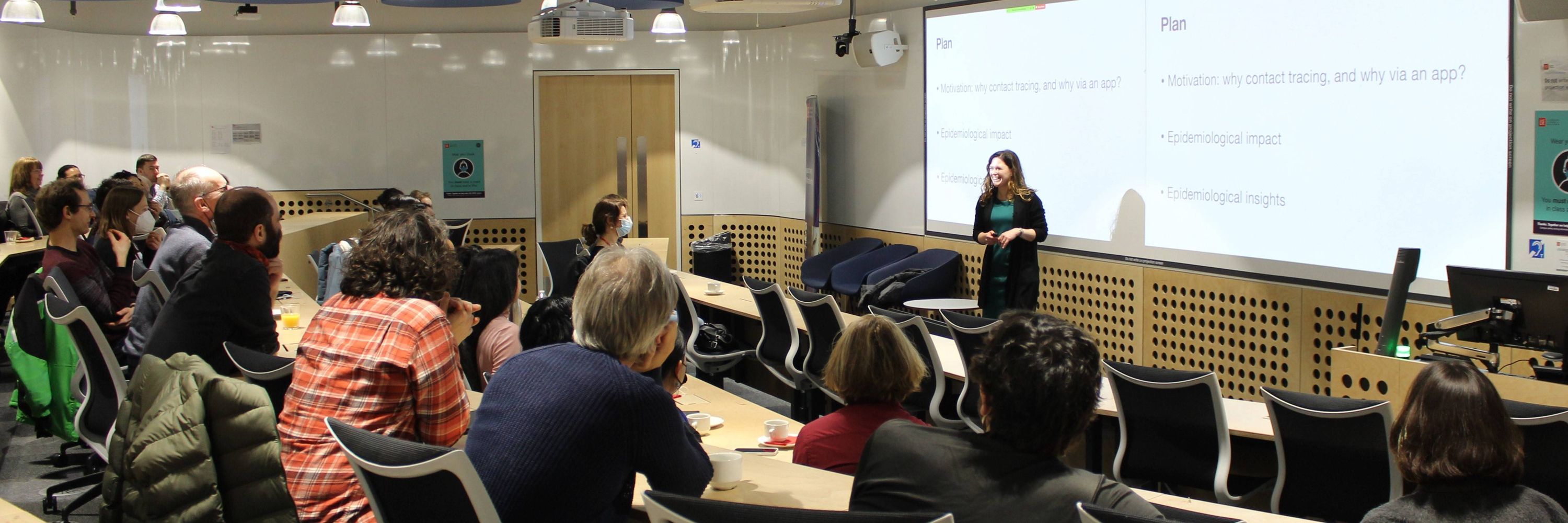
https://michellekendall.github.io/
Help balancing work and family life!
🪧 When do we want it? 🪧
School pick-up time!
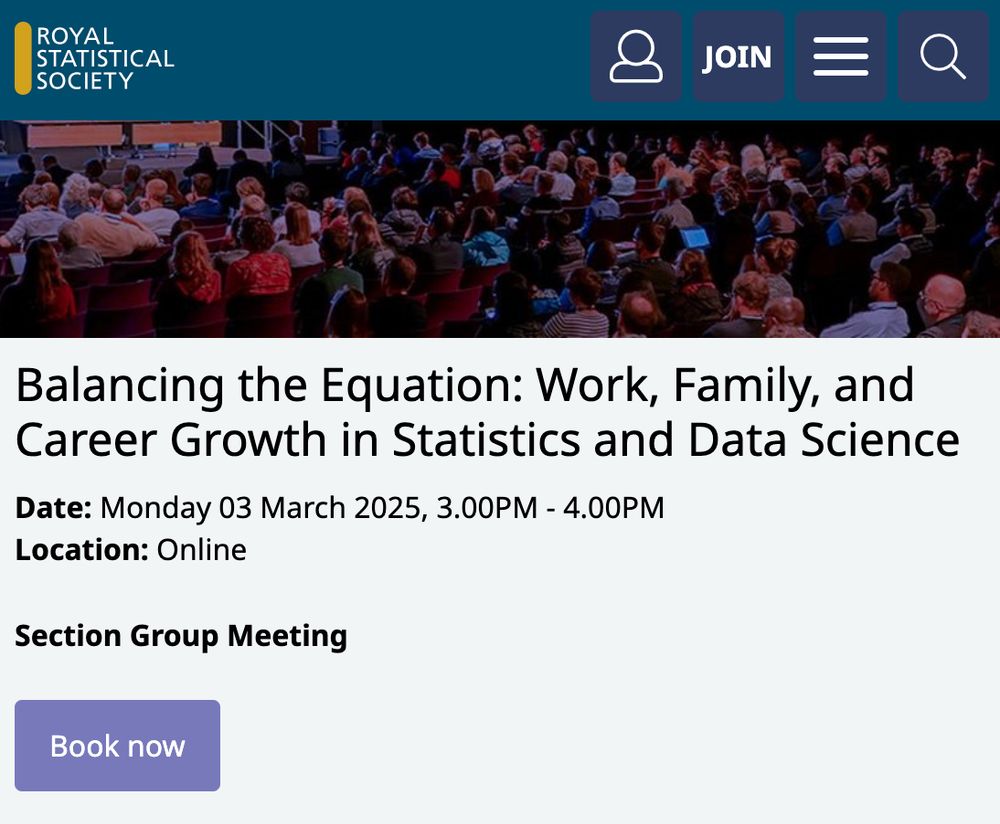
Help balancing work and family life!
🪧 When do we want it? 🪧
School pick-up time!
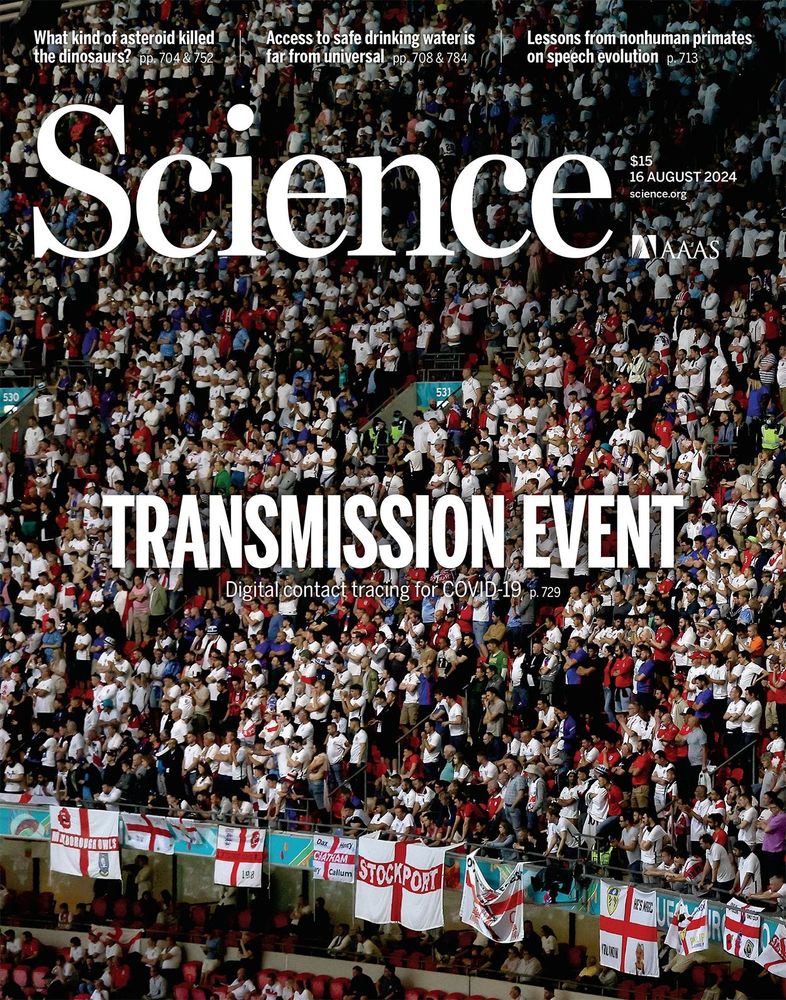
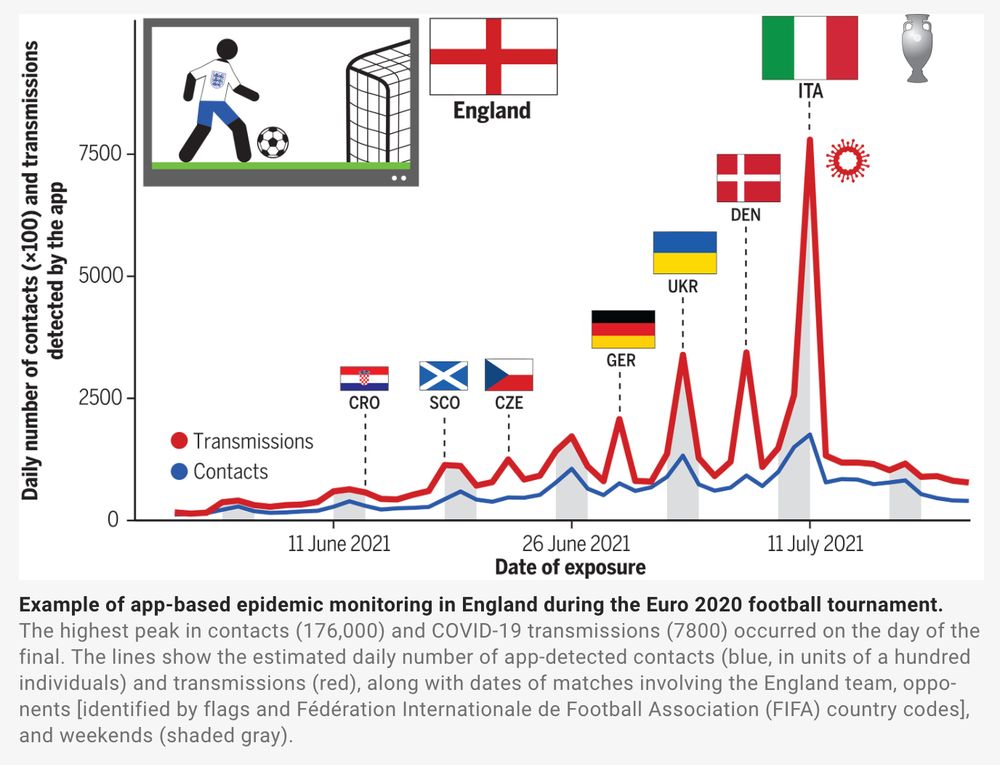
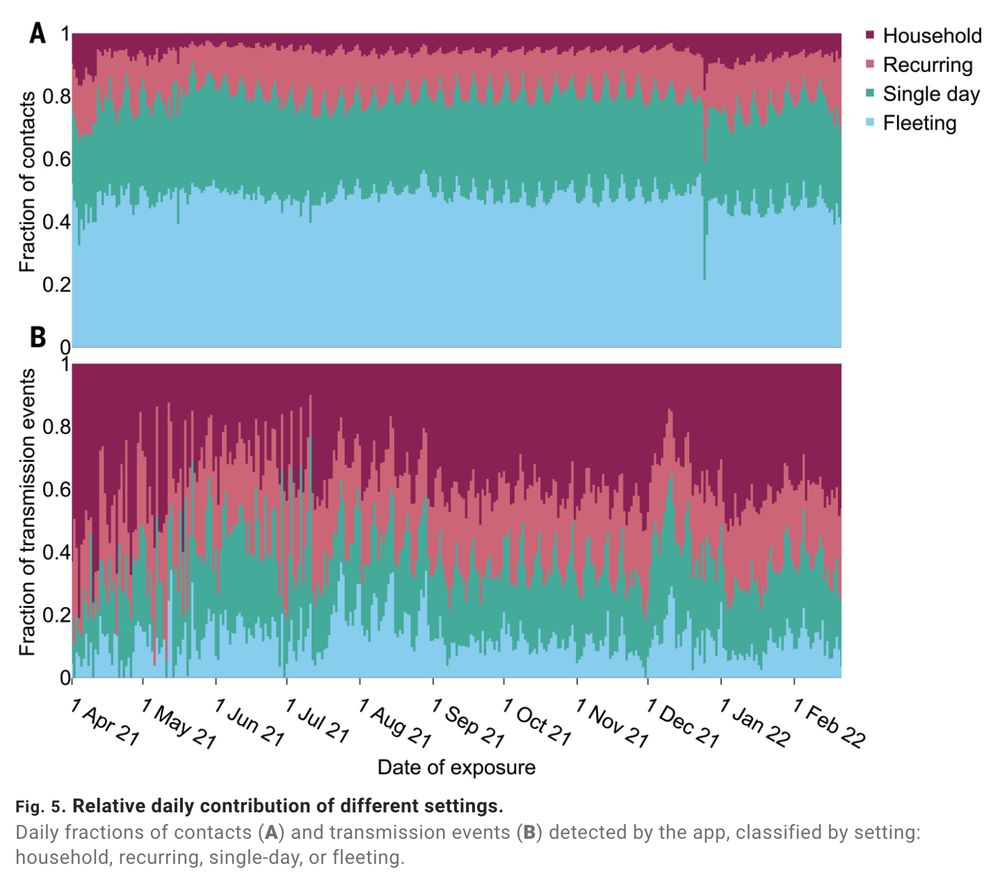
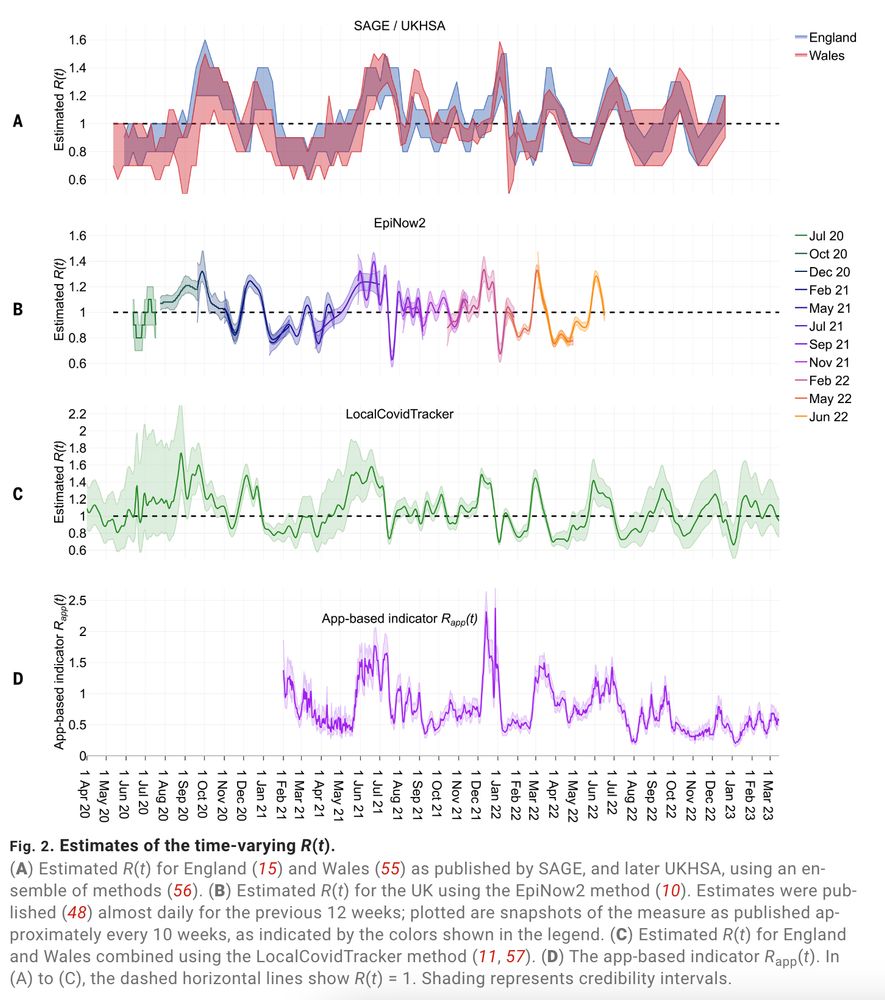
doi.org/10.1126/scie...
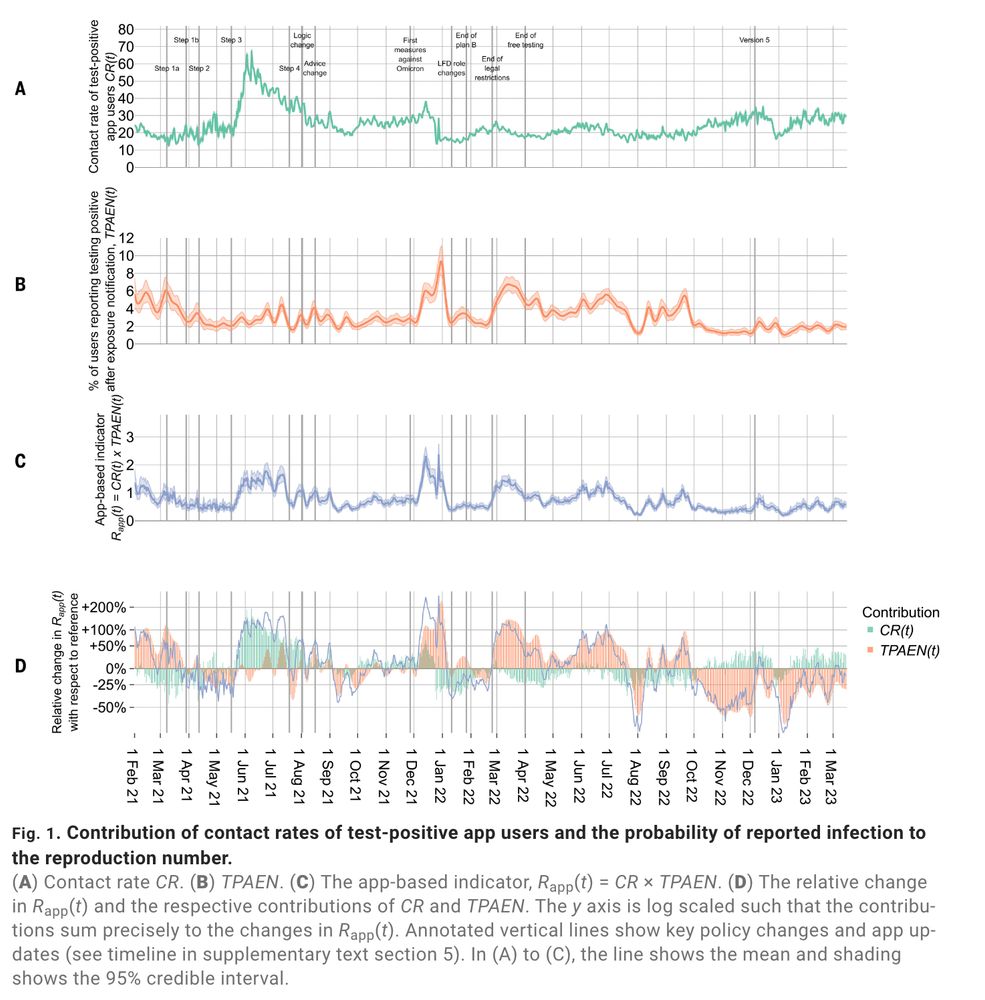
doi.org/10.1126/scie...
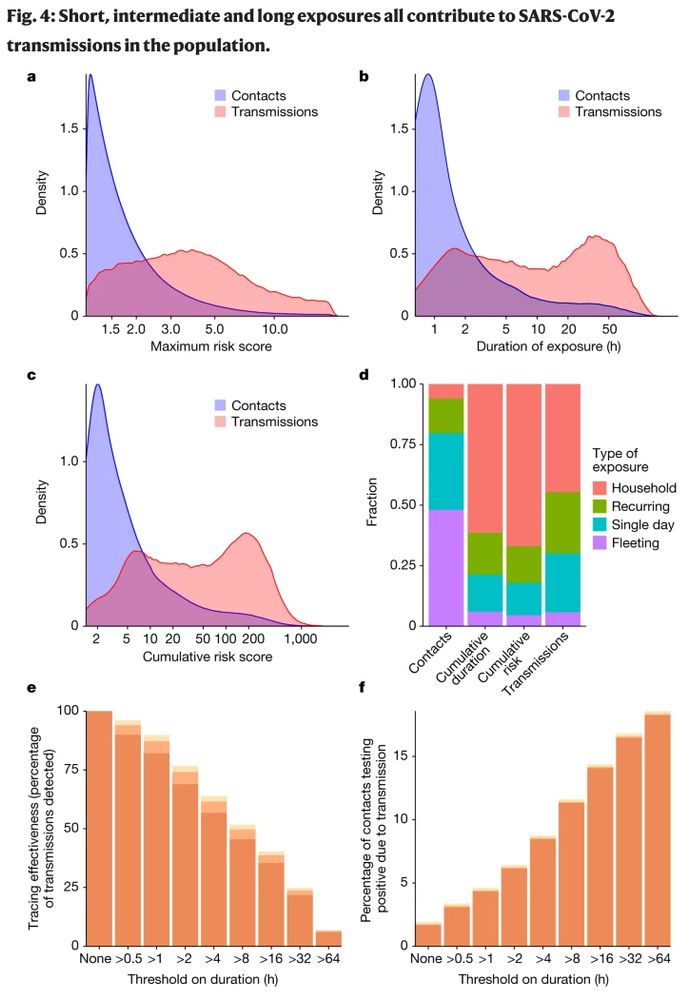
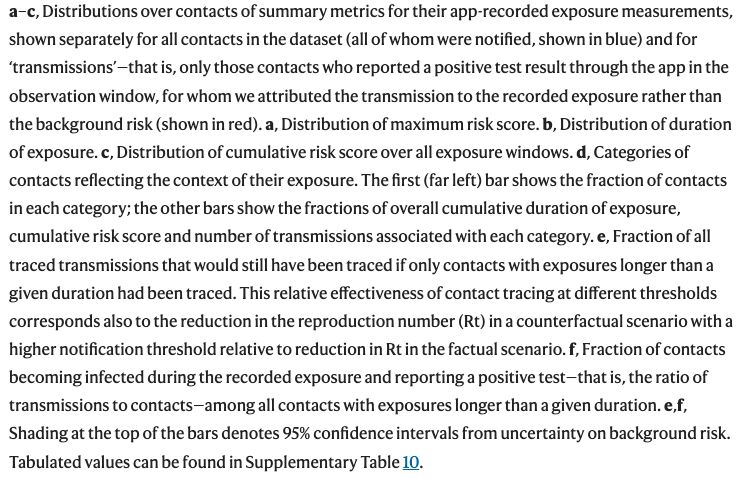
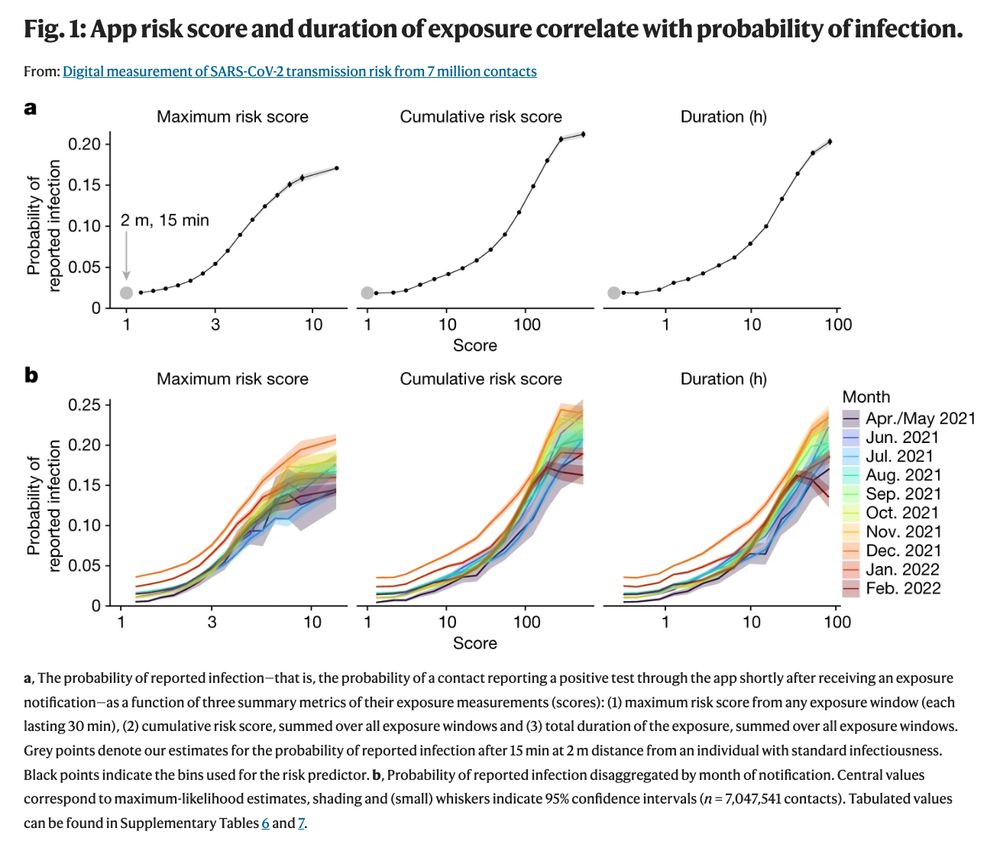
bdi-pathogens.shinyapps.io/NHS-COVID-19...
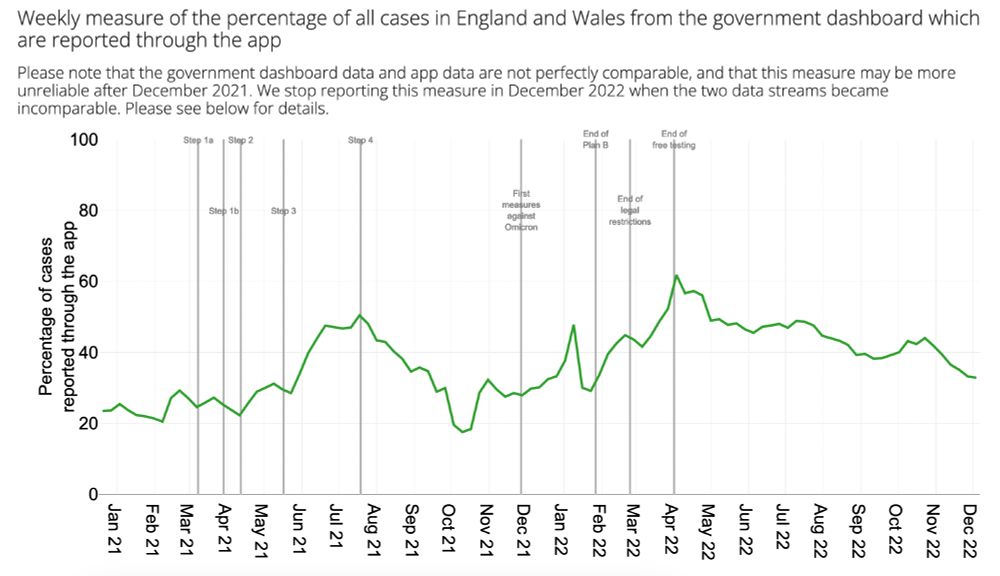
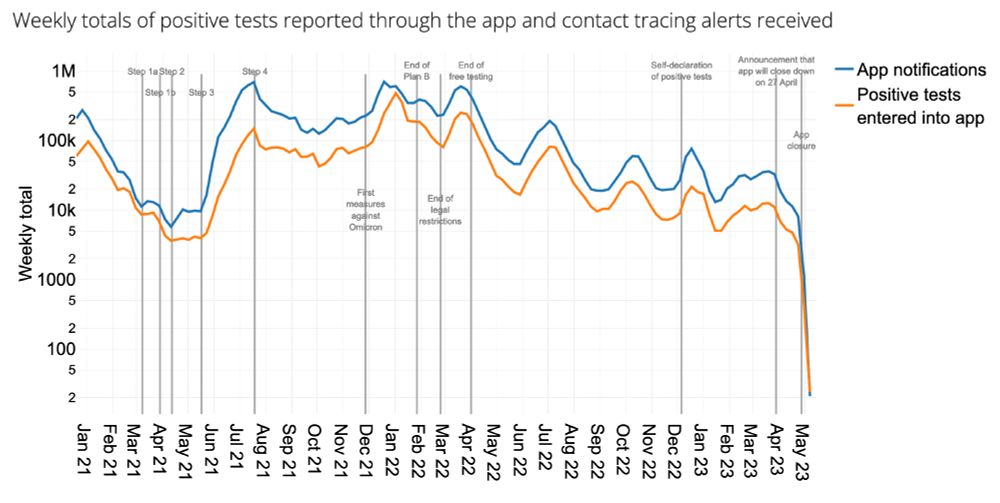
bdi-pathogens.shinyapps.io/NHS-COVID-19...
Frequent, rapid updates were required to maintain it in line with national policy changes 💪👏
And of course huge thanks to the >18 million users who made it such a success ✨🙏
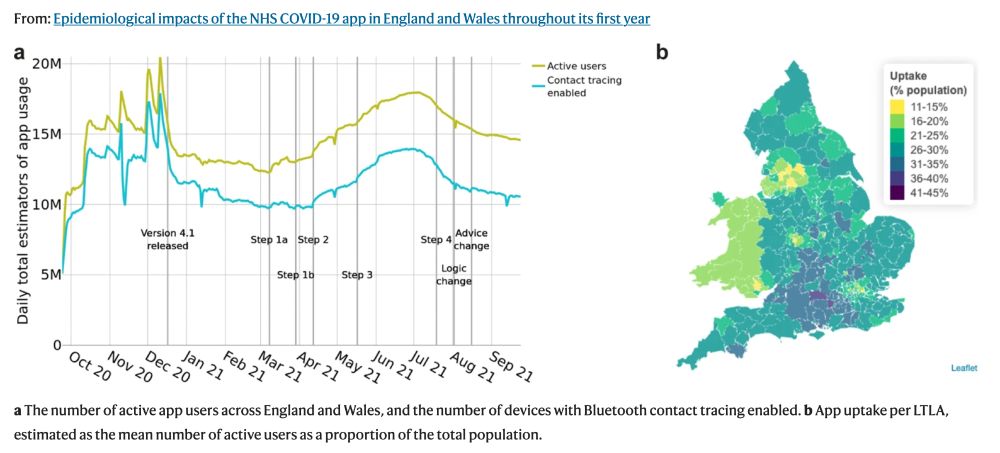
Frequent, rapid updates were required to maintain it in line with national policy changes 💪👏
And of course huge thanks to the >18 million users who made it such a success ✨🙏
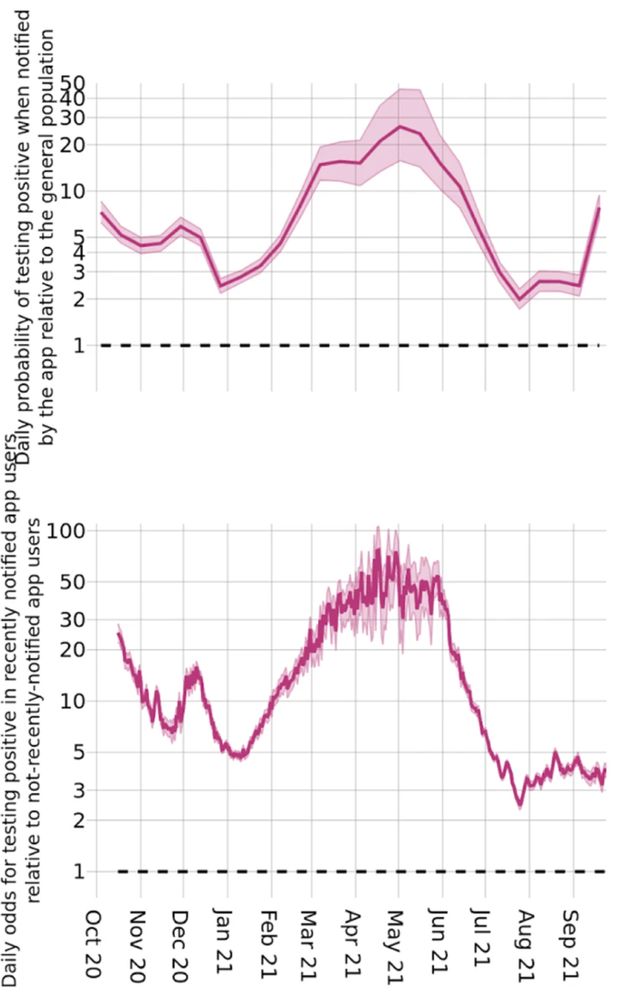
doi.org/10.1038/s414...

doi.org/10.1038/s414...

doi.org/10.1038/s415...

doi.org/10.1038/s415...

doi.org/10.1016/S258...

doi.org/10.1016/S258...
doi.org/10.1371/jour...

doi.org/10.1371/jour...

Then a year on maternity leave 👶
Both roles were an absolute privilege!

Then a year on maternity leave 👶
Both roles were an absolute privilege!

